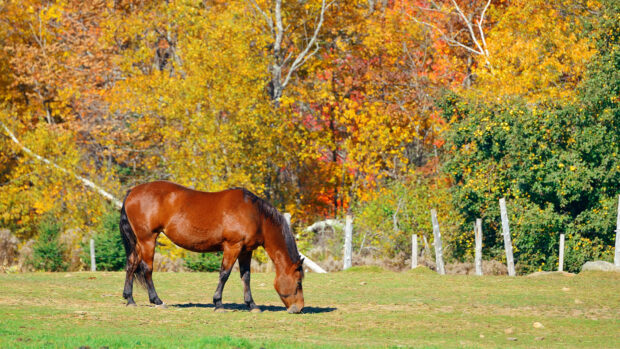Promotional feature with Saracen Horse Feeds
Polework and gymnastic jumping can be an invaluable tool when preparing horses for the competition season. Young rider European eventing champion Will Furlong uses plenty of gridwork during his fitness programmes and explains its value.
“Gridwork helps develop rhythm, straightness and agility,” he says. “It also helps with seeing a stride.
“It’s a fantastic way of getting the horse to jump gymnastically and really use their body and work different sets of muscles.”
Be creative
Will recommends building up grids gradually, starting with a placing pole approximately three yards in front of a cross-pole, followed by a landing pole about three yards after it.
Once you have popped through this a few times off both reins you can build the grid up, adding an upright, or an oxer, or both, with placing poles in between.
“Just keep mixing it up and keep it different. Be creative,” says Will, who says he gets lots of schooling ideas from books and training videos, as well as masterclasses and demos.
“Try building your grid up the centre line, and jumping through it from both directions, to work out which direction your horse prefers and which he struggles with. It’s a great opportunity to iron out things like straightness issues.”
It can also be useful to play around with the distances in your grids, while keeping the fences low, says Will.
“Building distances slightly shorter will encourage the horse to collect,” he explains.

Polework and grids are useful, regardless of your preferred discipline
Multi-discipline value
Pole and gridwork can be invaluable, no matter what your discipline.
“Polework is the first stage of jumping but is actually relevant to everybody, as it helps improve the horse’s general way of going,” says Will.
“People assume you only jump to improve your jumping, but it all inter-links — dressage is not just for dressage horses, and similarly I think more dressage horses should jump: easy gridwork, or raised poles to help the horse use its body and maintain rhythm. Plus it’s good fun for them.”
Will advises setting two single poles along the long side and varying the number of strides you fit between them, or placing a set of poles on a curve through the corner, to help with suppleness.




